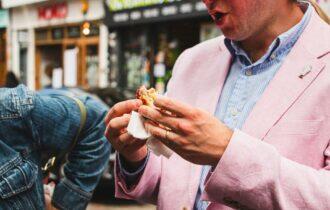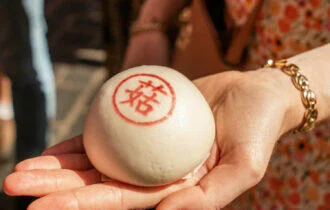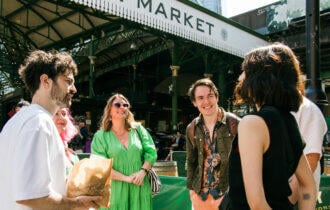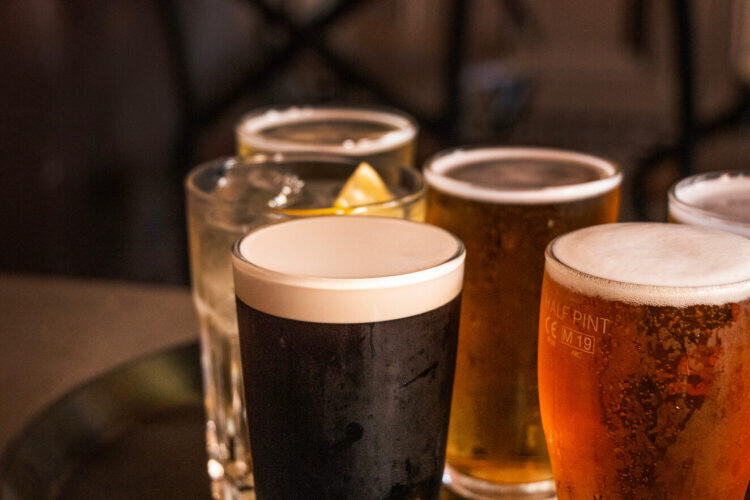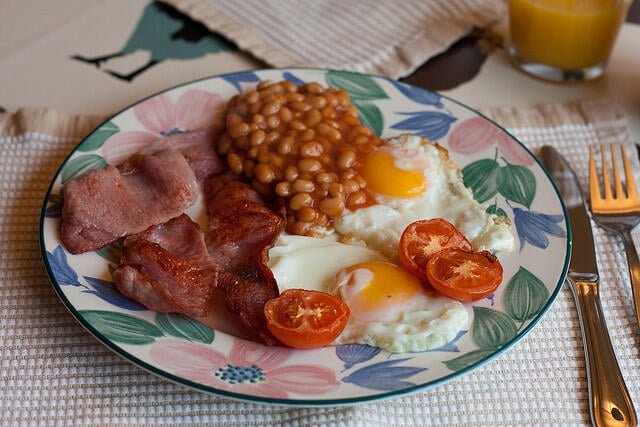On any given day and in any given hour, you can find open the doors of the Brick Lane Beigel Bake. Since 1976, the intoxicating aroma of freshly-baked bagels topped with salt beef have lured tourists, locals and late-night revelers alike inside to see what’s on offer.
Beigel Bake is a no-frills establishment, where bagels are bagels, the mustard is strong, and you can’t help but feel transported back to the era when its owner, Sammy, first began working at the bakery and the area was bursting with Jewish culture. At the turn of the 20th century, about 200,000 Jewish people inhabited the East End of London. Now, Sammy’s establishment serves as one of the few remnants of the legacy of the Jewish community in the East End.
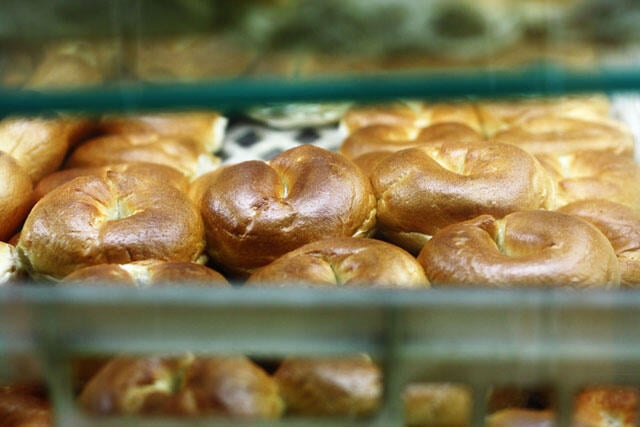
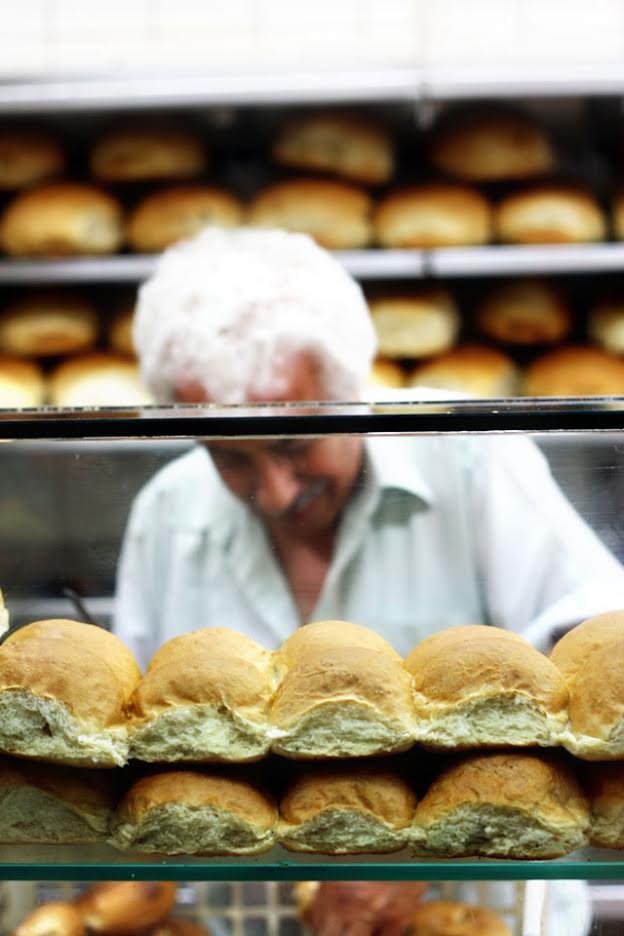
While contemporary descriptions of Shoreditch would include skinny jeans and trendy bars, in the early 1900s, this area was a refuge for thousands of Jews fleeing the religious persecution and economic destitution in Eastern Europe. Although poverty was rife, culture thrived with the founding of synagogues, services, and theaters to embrace, care for, and entertain the areas new inhabitants.
The monuments to the Jewish community in Shoreditch still stand, though they are easily overlooked. It would be easy now to walk by Sandy’s Row Synagogue without realizing its historical significance. Rather than folding into the seats reserved for the poor in other synagogues across London, the Jewish community of the East End came together to create a space of their own in Sandy’s Row. After being established over the objections of longer-standing synagogues, it grew to become one of the largest congregations in the area by 1881.
Because so many of the jobs available to Jewish immigrants were low-paying – work on the docklands, tailoring, cabinet-making – conditions of cramped quarters and food shortages were rampant. Establishments like the Jews’ Free School (by the early 1900s one of the largest schools in not just London but Europe) and the Brune Street Soup Kitchen served record numbers of immigrants, providing them with education necessary to integrate into British society and small sustenance when ends didn’t meet.
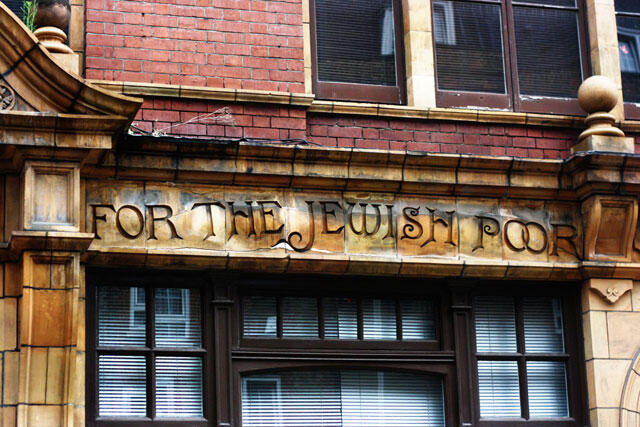
While the Jewish community made gains with the few resources they had, they were also targeted by a hostile host country that felt that jobs were being stripped from British citizens and that overcrowding was leading to dangerous conditions. Both before and after World War I, restrictions were placed on immigration and specific measures were taken to target these regulations in a way that brought the influx of Jews to a near halt. Aggressions against the Jews in the East End seemed to come to a head in 1936, when 10,000 residents stood in opposition to the British Union of Fascists in The Battle of Cable Street, a confrontation that stopped the ‘blackshirts’ from marching through East London.
After the Second World War, economic conditions slowly improved and the East End began its changeover from a predominantly Jewish area to being dominated by other immigrant groups. However, many in the community are dedicated to preserving and sharing the legacy of those that came before them. Phil Walker leads a popular tour of the East End of London that focuses on Jewish history and the impact on those earlier immigrants on the community. Drawing on the rich history of his late mother, he interweaves her writings into the information he shares with tour attendees: “I often quote my mother…as we walk around. For example, when I turn into Cobb Street…I read out my mother’s words on the subject of chickens. Cobb Street was where you would buy kosher chickens or got your chickens koshered, and it is where my mother used to take live chickens…that were soon to become dead kosher chickens.”
Phil weaves in his personal experience, like a diamond passed down from his grandfather to his mother and finally to him which he had fashioned into a ring for his wife, to tell the story of the Jewish community in the East End. This is a story that he is rightfully proud of and reflective of the experiences of so many Jews in London and abroad.
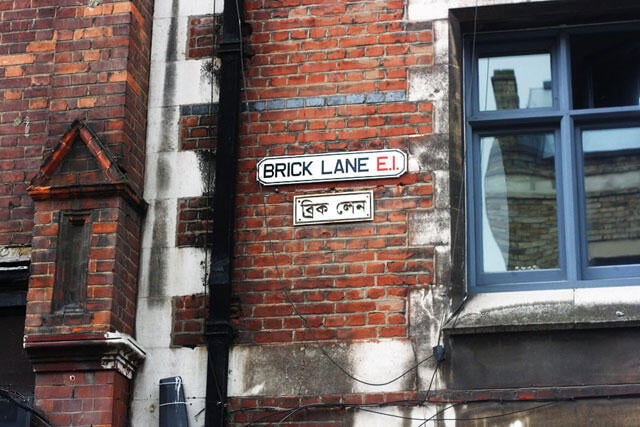
The legacy of the Jewish East End is also being preserved in a more formal capacity through the efforts of community groups and museums. JW3, the London Jewish Community Center, buried a time capsule in March 2013 that captured what they expressed as “what it means to be Jewish in 2013.” Hoping that future generations would be able to see what the Jewish experience currently embodies, art students were asked to produce work that answered the question, “What does being Jewish mean to me?” and the three winning entries were placed into the capsule and buried.
The Jewish Museum of London hosts an exhibition in the East End that showcases objects that highlight both the poverty and rich cultural history of Jews in London. Covering themes ranging from religious life to politics to labor, the objects bring together a full picture of the journey and community of Jewish immigrants from “medieval to modern times.”
From the earliest Jewish immigrants establishing synagogues to Sammy’s enduring commitment to providing Shoreditch with the best bagels in London, East London has experienced over a century of influence of Jewish culture. This contributes greatly to the cultural tapestry of the area and solidifies it as one of the most diverse and interesting areas of London.

